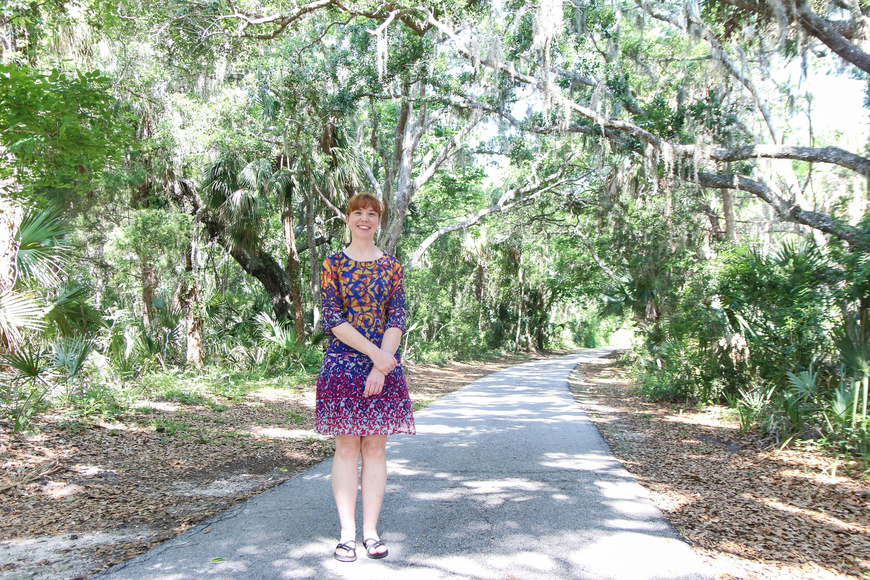Walk/Talk Therapy
Does the idea of sitting across from a therapist make you feel uncomfortable?
Maybe it feels too intense- claustrophobic, analyzed, or even judged. Traditional therapy doesn’t work for everyone. Sometimes, it helps to get off the couch and into motion.
Walk/Talk Therapy offers an alternative: engaging in therapy while walking outdoors in a natural setting.
For many of us, most days are spent sitting indoors. Combining movement, fresh air, and therapeutic conversation can bring a refreshing shift. There’s a natural release that happens when we move our bodies- emotions can flow more freely, and our minds often feel clearer. Being in nature offers a calming presence and can deepen awareness and connection to ourselves.
Who Walk/Talk Therapy Is For
Walk/Talk Therapy may be a good fit if you:
Feel restless or anxious in traditional therapy settings
Enjoy being outdoors and find nature grounding
Struggle with opening up while sitting face-to-face
Want to incorporate movement into your self-care
Are looking for a more holistic, mind-body approach to healing
This option is available for teens and adults, and sessions are tailored to your pace and preferences.
How It Works
Sessions take place at local parks or trail locations (e.g., Linear Park, or Waterfront Park, Lehigh Trail, Jungle Hut, etc.). We walk side by side, allowing for a more organic and less pressured conversation. If walking isn’t accessible or preferable, we can find a quiet spot to sit and talk outdoors instead.
You don’t need to be athletic or fast- the walk is gentle and focused on comfort, not fitness. You set the rhythm, both physically and emotionally.
What About Privacy?
While I aim to choose paths that are quiet and minimally trafficked, it’s possible we’ll pass others along the way. Before your first session, we will talk about your comfort level and create a plan that ensures you feel safe and in control during our time together. Many clients find that walking side by side (rather than face-to-face) actually makes it easier to open up.
Weather Considerations & Clothing
Florida weather can be unpredictable, so we stay flexible. In cases of extreme heat, rain, or other unfavorable conditions, we can:
Reschedule for a different time or day
Move the session indoors
Switch to a telehealth (virtual) session instead
Wear comfortable clothes and shoes suitable for walking. You may also want to bring water, sunglasses, or bug spray depending on the season.
Flexibility & Integration
You don’t have to choose one format and stick with it forever. Many clients move between Walk/Talk sessions and traditional in-office or virtual sessions based on their needs, energy, or the weather. I will collaborate to make therapy move with you.
"I took a walk in the woods and came out taller than the trees."
-Henry David Thoreau
Benefits of Walk/Talk Therapy
Research shows that walking and movement can significantly reduce symptoms of depression, anxiety, insomnia, and other health concerns. Simply getting your body in motion releases endorphins, improves circulation, and can open the door to new perspectives and creative problem-solving.
Studies also suggest that spending time in nature may lower levels of aggression, anxiety, and depression- offering a natural sense of calm and emotional reset. Additional benefits often include increased self-awareness, moments of self-discovery, greater tranquility, and enhanced self-confidence.
“Take a walk with your therapist.”
Research
Dixon, W. A., Mauzey, E. D., & Hall, C. R. (2003) Physical activity and exercise: Implications for counselors. Journal of Counseling and Development, 81, 502-504.
Dubbert, P. M. (2002). Physical activity and exercise: Recent advances and current challenges. Journal of Counseling and Clinical Psychology, 70 (3), 526-536.
Martinsen, E. W. (2008). Physical activity in the prevention and treatment of anxiety and depression. Nordic Journal of Psychiatry, 62, 25-29.
Mayer, F. S., Frantz, C. M., Bruehlman-Senceal, E., & Dolliver, K. (2009). Why is nature beneficial? The role of connectedness to nature. Environment and Behavior, 41, 607-643. doi: 10.1177/0013916508319745.




